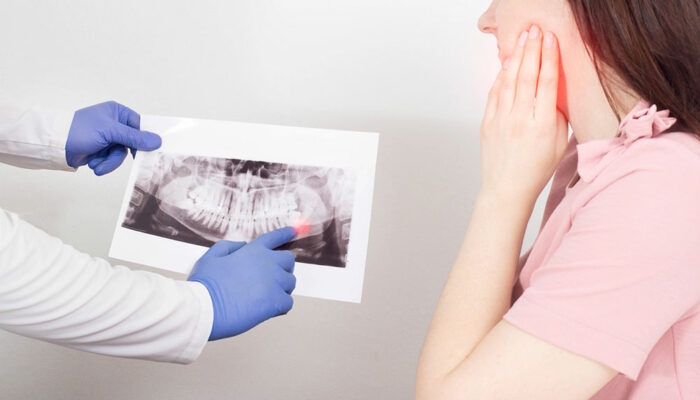
health
9 common signs of kidney cancer
Kidney cancer, also known as renal cell carcinoma (RCC), is a disease that primarily affects the kidneys—the organs responsible for filtering waste and excess fluids from the blood. Here, the cells in the kidneys begin growing abnormally fast, affecting organ function. Recognizing the signs of kidney cancer early is crucial for early treatment and better management of the condition. So, here are a few signs that can indicate the development of kidney cancer: Blood in urine One of the noticeable signs of kidney cancer is blood in the urine, which is also known as hematuria. The blood can be observed through changes in the color of urine, specifically pink, red, or dark brown urine. While hematuria can result from various non-cancerous conditions, like urinary tract infections or kidney stones, it is important to consult a doctor if the symptom persists or develops without an apparent cause. Lower back pain Persistent, unexplained lower back pain on one side of the body is also a sign of kidney cancer. The dull ache develops gradually and can move to the abdomen or groin. Further, as kidney tumors grow, they can put pressure on surrounding tissues and cause discomfort. Abdominal mass or swelling Kidney cancer may sometimes result in a visible lump or mass in the abdomen.
Read More 








